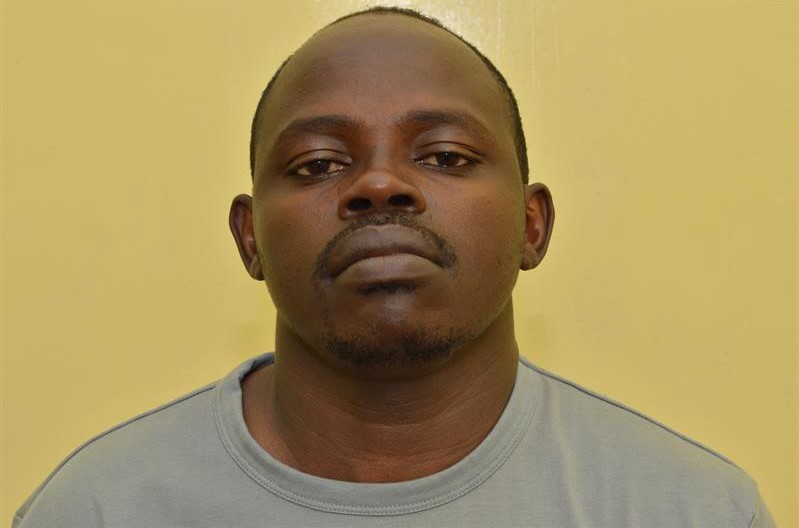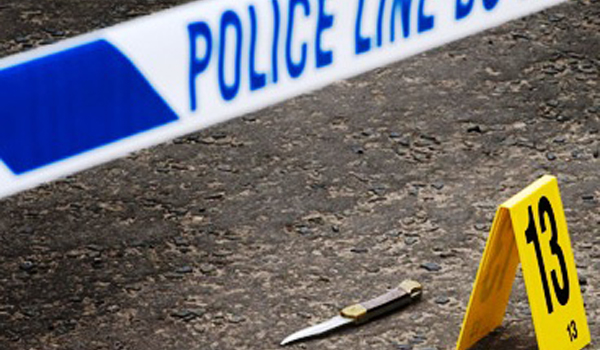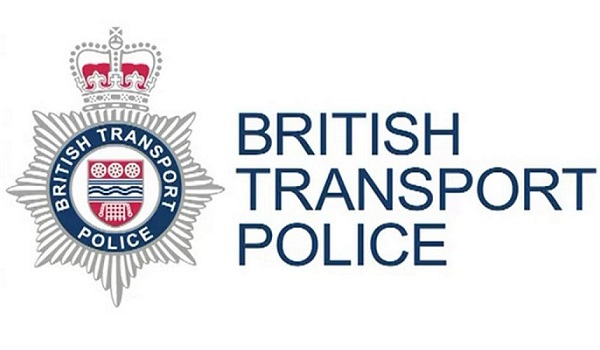‘Terrorist’ who drove his car at police officers, pedestrians and cyclists jailed
A man who drove his car into pedestrians, cyclists and at two police officers before crashing into a barrier at the Palace of Westminster has been given a life sentence.
Thirty-year-old Salih Khater of Highgate Street, Birmingham, was previously found guilty at the Old Bailey in July of two counts of attempted murder relating to the members of the public and the police officers respectively.
Sentenced today (October 14) at the same court, the judge found that the offence has a “terrorist connection” under section 30 of the Terrorism Act 2008 2008. Khater was sentenced to life imprisonment with a minimum of 15 years.
Commander Richard Smith, head of the Metropolitan Police Service’s (MPS) Counter Terrorism Command, which led the investigation, said: “I am pleased at today’s sentence and that an extremely dangerous individual will be behind bars for a considerable time. This was a man who used his car as a weapon to attempt to kill as many people as possible spreading fear and terror. It was our view that this attack was carried out with a terrorist purpose and the sentence confirms this.
“I would like to pay tribute to the outstanding professionalism and bravery of all the officers who responded to this incident. Armed officers were on the scene within seconds and would not have known what other dangers Khater may have posed. The response of those officers and indeed, all emergency service responders to this incident was truly remarkable.
“My thoughts too are with all the victims of this terrible attack. Many were left with physical and psychological injuries, which are still impacting on their lives today. I only hope that today’s outcome can give them some small comfort.”
On August 14, 2018, at around 7.40am, Khater drove the wrong way along Abingdon Street into cyclists and pedestrians before driving directly at two uniformed police officers positioned at the security barrier at the Palace of Westminster.
Due to the style of his attack – indiscriminately targeting random members of the public, targeting police officers and the selection of an iconic site of national importance – an investigation was launched by the MPSs Counter Terrorism Command. Detectives gathered several hours of CCTV footage that showed Khater’s movements from when he arrived in London from Birmingham just after midnight.
Khater initially parked his silver Ford Fiesta in Tottenham Court Road and remained there for a number of hours. By 6.10am he had left Tottenham Court and headed towards Westminster where he carried out what officers believed was reconnaissance. He drove slowly up and down Parliament and around Parliament Square, tracing his subsequent attack route.
Around 7.37am, Khater drove three times around Parliament Square. On his fourth time, he suddenly veered off at speed, driving at opposing traffic on Abingdon Street, outside the Houses of Parliament. He first struck a jogger crossing the road. He then drove into, and through the middle of, 14 cyclists, striking some and causing others to fall to the ground. Six of them received injuries, including a broken collarbone and bruising.
Khater then swerved across the central traffic island towards the Palace of Westminster and accelerated directly at two uniformed police officers positioned inside the Palace’s security barrier. Both officers only just managed to leap clear and avoid being struck as the car collided into the barrier.
Armed officers rapidly moved in and arrested Khater on suspicion of terrorist offences. A search of the vehicle did not find any other weapons. Khater was taken to a South London police station and gave a no comment interview throughout.
As part of the inquiries, and through the support of the UK’s national Counter Terrorism policing network, searches were carried out at addresses linked to Khater in Birmingham and Nottingham, assisted by the East Midlands and West Midlands Counter Terrorism Policing Units. Through “fast-time and intensive inquiries”, the MPS said detectives were able to establish that there were no other suspects involved and further examination of evidence and intelligence confirmed that there was no outstanding threat to the public.
As part of their investigation, officers carried out a full reconstruction of the path of Khater’s vehicle during the attack. The reconstruction showed how his actions were deliberate and in no way an accident; showing how he would have had to purposefully steer and change gear in the execution of his offence. A traffic report also detailed speed and distance and confirmed that the car was fully functional.







